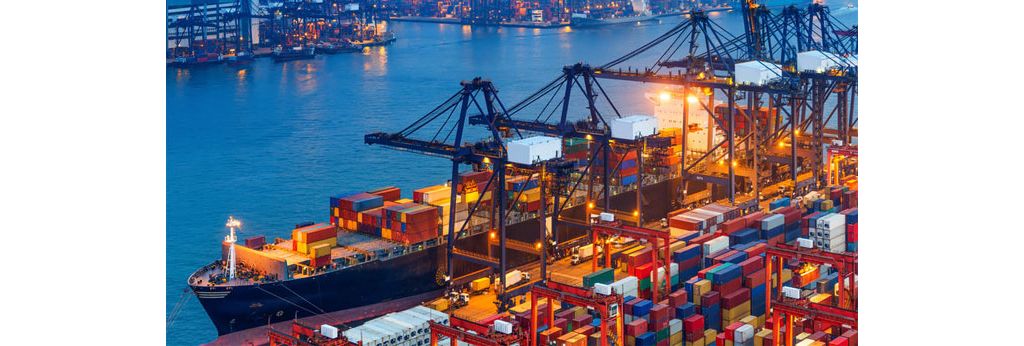Cleaning up shipping


Editor’s Note: This article was originally published by the European Transport Forum (ETF), a platform for open debate on the future of European Transport, to provide insights on hot topics dealing with mobility. The views expressed do not necessarily reflect an official position of Volvo.
Furthermore, this article was originally published on April 14, 2021 and has been entirely rewritten and updated for accuracy and comprehensiveness.
What has been done so far?
As a first step, in April 2018, the International Maritime Organization (IMO) agreed to cut carbon emissions by half by 2050 compared to 2008 levels.
But the EU is seeking firmer, legal deadlines for cleaner shipping. In September 2020, the European Parliament voted for measures making shipowners pay for their pollution by bringing shipping into its carbon market, the EU Emissions Trading System (ETS), from 2022. Parliament’s position met with heavy critics from the shipping industry, which stated that the ETS carbon fee would amount to an extra trade tariff.
Nonetheless, in July 2021, the tide turned for the shipping sector as the European Commission presented its FuelEU maritime proposal as part of its Fit for 55 package. The FuelEU maritime proposal aims to limit carbon intensity of energy used onboard vessels through targets that increase in stringency over time, putting the responsibility for compliance on shipping companies. The proposal covers all energy used onboard vessels at EU ports, all energy used during voyages between EU ports, and 50% of the energy used during trips to or from an EU port.
Simultaneously, the Commission proposed adding the shipping sector into its European Emissions Trading System (ETS). This sets CO2 targets, specifically for large ships above 5,000 gross tonnage. Overall, the proposal sets to phase out greenhouse gas emissions as soon as possible, with the aim of reducing emissions by at least 50% by 2050 from 2008 levels.
The vote on final amendments regarding the FuelEU proposal is expected around September 2022, and the vote related to ETS in the shipping sector is likely to occur in June 2022.
If adopted, both proposals will be sure to increase pressure on the maritime sector to accelerate its transition to cleaner fuels and actively reduce its carbon footprint. Nonetheless, if the industry is to shift away from its polluting heavy fuel (also known as bunker fuel), it needs other options.
What lies ahead
So far, no viable alternatives are available, as the critical fuel and engine technologies for clean shipping have not developed fast enough. Fully electric ships that can store enough energy for long distance sea voyages are unlikely before 2050. Liquified natural gas (LNG) and biofuels are improvements on heavy fuel, but they are not viable long-term. While hydrogen is a promising solution, there are still problems with storage: compressed hydrogen takes 15 times more space compared to diesel for the same amount of energy.
A truly clean solution will take time and cost money. The global shipping industry needs to spend at least €1 trillion on new fuel technology by 2050 if it is to decarbonise, according to a study published in January 2021 by UCL and the Energy Transitions Commission. That is a huge sum, for which a global approach will be needed to address GHG emissions from international shipping led by the International Maritime Organisation (IMO).
Unfortunately, IMO’s actions are relatively slow, and fail to deliver effective measures. At the end of last year, the organization faced a lot of challenges with countries like Russia, Saudi Arabia, UAE, China, and Argentina counter blocking higher ambitions of more than 100+ countries on reductions of shipping emissions.
Luckily, all the malfunctions coming from the IMO triggered the reaction from the EU, the UK, which has introduced its own emissions trading scheme, and other countries like United States. All the visible positive efforts suggest that some countries, despite the blocking minority, do not intend to lose momentum and aim at leading on the global decarbonisation strategy.